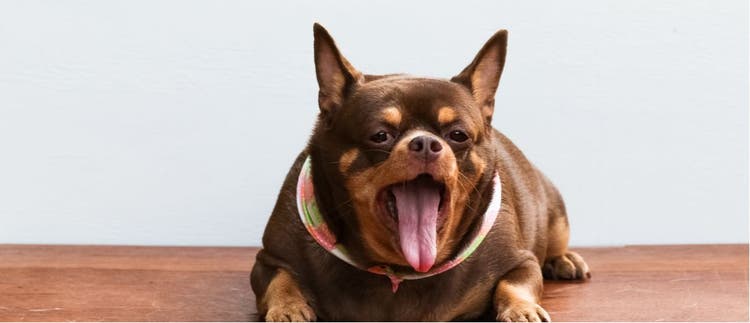
Is Your Pet Putting on Pandemic Pounds?
Handshakes, hugs, and crowds aren’t the only things COVID-19 has forced Americans to avoid. As many of us pack on the ‘Quarantine 15,’ we’re also steering clear of the scale. Our pets are gaining weight, too. A recent survey of Washington pet owners found that 33% believe their pets have gotten heavier in quarantine.
What’s to blame? 65% of pet owners also say they’ve been showing their cat or dog extra affection. In addition to belly rubs and games of fetch, this almost certainly means extra treats.
Fortunately, more quality time with our pets means plenty of opportunities to make a healthy lifestyle change. Being stuck at home doesn’t have to mean being stuck in place. Getting active and rethinking nutrition can have lasting, positive effects for both you and your four-legged friend.
Pet Weight Loss Tips
Getting into shape is hard work, but any fitness enthusiast will tell you that it’s usually more than worth the effort. Here are a few easy ways to change your dog’s diet and lifestyle for the better:
Limit Treats
The best weight loss tip (for pets or people) is to avoid gaining weight in the first place. That means limiting empty calories and taking care to eat a balanced and nutrient-rich diet. Whether you’ve got a cat, a dog, or both, make sure that treats never account for more than 10% of their daily caloric intake.
Count Calories
Doing a little bit of math is an easy way to make sure your pet’s portions don’t get out of control. Dr. Ernie Ward, a veterinarian and blogger, offers a simple formula for calculating your pet’s caloric needs. “Don’t think you can trust the bag,” he says. Pet lovers should instead “divide their pet’s weight by 2.2, multiply this figure by 30, and add 70.”
Introduce Some Fun & Games
Who says your dog or cat always has to eat from a bowl? Pet parents can add exercise to meal time by hiding dry food around the house and encouraging their pet to hunt for it. Games like these aren’t just great for meals, but can help add some fun and excitement to any hour of the day.
Don’t Eyeball It
How much food does your pet eat at each meal? If you don’t know for sure, it’s possible they’re eating much more than they should be. That extra kibble adds up. The Association for Pet Obesity Prevention estimates that just ten additional pieces of food per day can lead an indoor cat or dog to gain a pound over the course of a year.
Slow Down Meals
Pet parents who can’t turn every meal into a game might consider purchasing a slow-feeding bowl. Coming in a variety of shapes and sizes, these bowls encourage your pet to eat more slowly, while also stimulating their senses. Weight gain isn’t the only potential side effect of eating too much or too quickly. Slow-feeding bowls can also help your pet avoid gastrointestinal symptoms like bloating, vomiting, and diarrhea.
Returning to Normal
There are many aspects of pandemic life that we’ll all be glad to kiss goodbye. While our pets have enjoyed all the extra love and attention, nobody will miss wearing a mask or waiting in line outside the grocery store. These pandemic rituals won’t last forever, but you and your pet’s new exercise regimen should. Now is the perfect time to develop lasting habits and routines to help your dog live a happy, healthy life.
Remember to consult with your veterinarian before making any dramatic changes to your pet’s diet or activity level. They can also help you determine whether or not your pet’s weight gain is related to another underlying health concern.